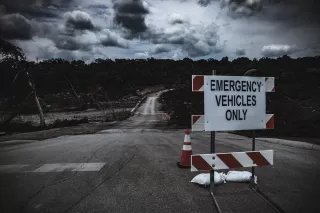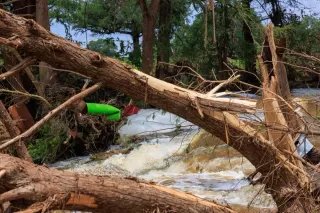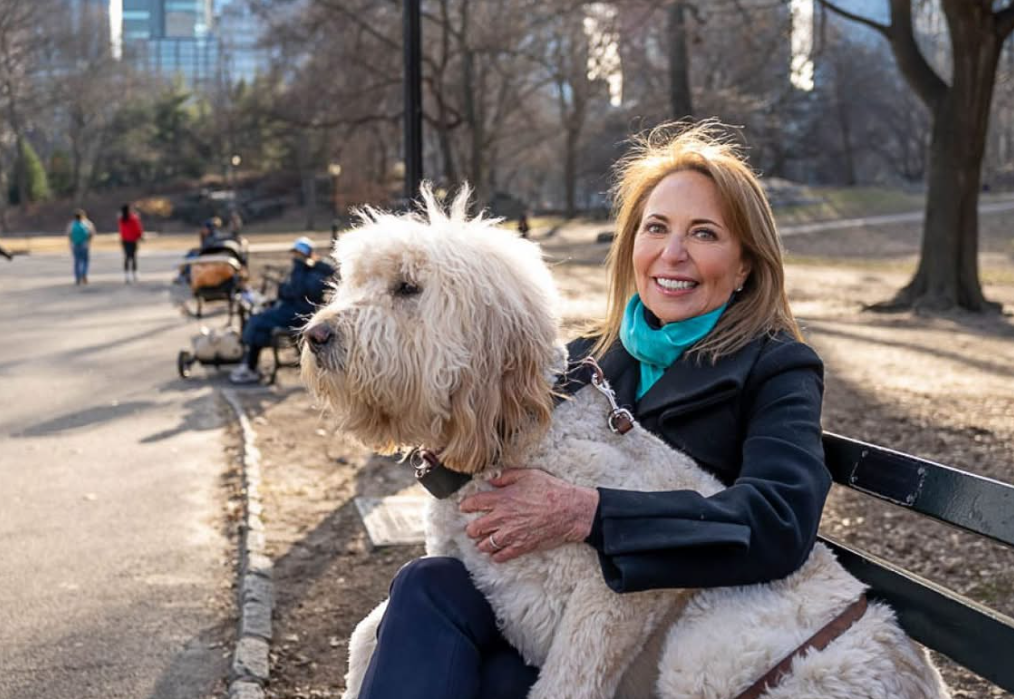The Texas Floods: 6 Ways to Help Kids Feel Safe Again
Kids will come to believe they will be OK if the adults around them believe so.
KEY POINTS
The toll from catastrophe is not the same for everyone and not always visible.
Studies of Hurricanes Sandy and Katrina show that natural disasters can cause suffering that lasts for years.
Relationships filled with trust and love are protective and can restore a sense of safety.
The effects of trauma are reversible — not the events themselves, but the feelings. Trauma is not destiny.
“These were kids just trying to have a summer. And nature didn’t give them that chance.” – Scott Ruskan, Coast Guard Rescue Swimmer, as told to ABC News
The flash floods that swept more than 100 people, including dozens of children, to their deaths Friday morning are a Texas tragedy, one that anyone with access to a screen could witness within hours from anywhere on earth. The toll is not the same for everyone and it is not always visible right away, but we know from studies of the aftermaths of Hurricanes Katrina and Sandy that disasters such as this can cause suffering long after the flood waters have receded. Feeling safe again takes time. We often underestimate how long.
Prioritize Relationships

As a child and adolescent psychiatrist, when I see a catastrophe like the one in Texas unfold, I always ask what we can do to support young people right now, and also what we can do in the days, weeks, and months from now to help them recover. If there is one thing we can do, it is this: maintain, build on, and prioritize relationships that restore a sense of safety. Kids will come to believe they will be OK again if the adults around them believe this.
The Biology of Stress and Safety

There is a biologic reason: Under stress, the hormone cortisol bathes our bodies and brains. If unremitting and unbuffered by someone we trust, it can do damage to our limbic systems (brain) and to our immune systems (body). But that’s not the end of the story. Relationships filled with trust, safety, and love produce the hormone oxytocin and oxytocin does a great deal to protect us from the effects of stress and restore a sense of safety. This is why the effects of trauma are reversible. Although it can feel very far away right now, trauma is not destiny.
6 Ways to Help
The Camp Mystic community, by all accounts, is characterized by the strong bonds girls have forged on the banks of the Guadalupe River for generations. This will surely help the campers and counselors who survived overcome the grief, loss, and fear they are experiencing.
If you are looking for ways to help a young person you know who is impacted directly by the floods or from watching news about the tragedy, here are six suggestions:
- Initiate a conversation. Listen carefully and calmly and respond truthfully in an age-appropriate way. Children pick up on adult emotions.
- Don’t assume people are not worrying if they are not speaking. Sometimes just presence is comfort.
- Limit media. Reduce children's exposure to distressing images of the floods to reduce fear and regulate cortisol.
- Maintain routines. Daily routines provide stability and reassurance.
- Watch for signs of distress. Look for trouble sleeping, appetite loss, or difficulty concentrating. Seek support if symptoms persist.
- Empower young people to help. Ask them what they think can be done to help others. Engage them in small actions, such as letters to first responders, and consider donations to verified relief funds, such as Kerr County Flood Relief and the American Red Cross.
In this moment, caring adults can provide the support, stability, and hope that young people need to restore their sense of safety and belief that they will get through this. They will, together.
Read the article on Psychology Today.


